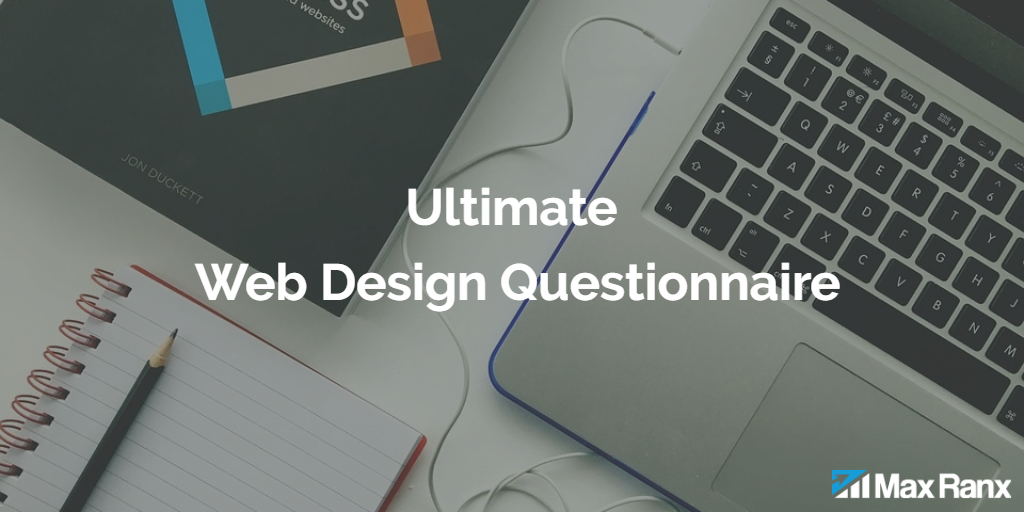Although the initial client web design questionnaire may seem like a simple thing, it is very easy to overlook some basic but valuable questions. For most companies, this will be the most important part of the web design process. If you get this wrong and it will cost you time, money and endless frustration. If you get this right, you’ll ensure a smooth experience for yourself and the client.
The purpose of the web design questionnaire should be two-fold. It should obviously let you get a clear understanding of your clients needs. But just as important, it is your first opportunity to let the client get a sense of your professionalism. Lets start with the basics.
General Information
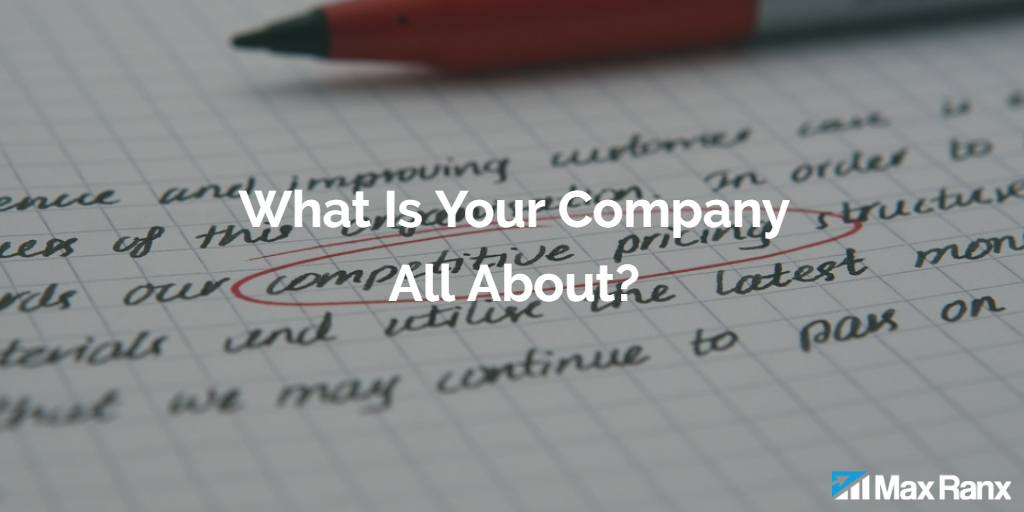
1. What is the name of your company?
This may be a simple question but can consequently have legal ramifications. Certain businesses may have DBAs (doing business as) or be part of larger corporations. Always ask the client to state if the company is an LLC, Corporation, or any other type of business entity.
2. What does your company do?
It is always a good idea to have the client describe their own business. This can help you find potential disconnects between website messaging and intentions. In addition, it can also help get an initial sense of keywords to target during the website on-page optimization stage.
3. What sets you apart from others?
Some call this the unique value proposition (UVP) or unique selling proposition (USP). The answer to this question should serve as the base for creating a quality copy for the clients website. More importantly, it should tell the website visitors why they should choose your client and what sets them apart from the competition.
4. What is your target demographic?
A company needs to know who their target audience is and so does the website. This type of information can have an impact on the layout, color scheme, font, copy and every other part of the website design process. Furthermore, it sets up a guideline for future implementation of Google Analytics tracking code.
Website Purpose
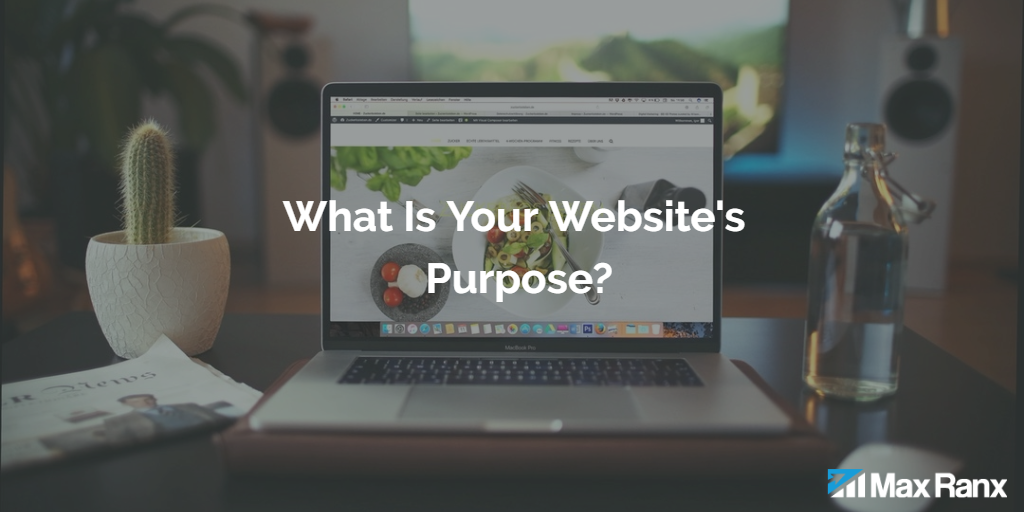
5. Do you have a website now?
Use this portion of the web design questionnaire to understand what the customer wants to achieve with the new website. If a client already has a website it can become an asset and a liability at the same time. If the website content, architecture, or design was done well then it can save you a lot of time. On the other hand, if it was done poorly and the client does not realize this, it can become a challenge to convince them to spend the money and start from scratch.
6. What do you like and dislike about it?
This ties in with the previous question. The best case scenario is that the client already has an understanding of the strengths and weaknesses of their old website and can explain this. If not, this is a great opportunity to get them thinking about the design process.
7. Please list three other websites that you like and the reasons why?
Sometimes it can be difficult to put into words what type of style a client wants to have for their website. Having them describe other websites will give you a general sense of their taste and stylistic preferences.
8. What will be the purpose of your new website?
Most clients already have a general idea of what their website should be about and what they would like to accomplish. Still, this should narrow down the scope of the project. Some options to include could be: Local Business, Corporate Site, Informative, Blog, E-commerce, Forum, etc.
9. What features would you like your website to have?
The answer to this question will be one of the most helpful ones when it comes to providing the client with a price quote. Desired website functionality will have a huge impact on the cost of the website. Some of the features to ask about include: contact form, newsletter sign-up form, click-to-call, driving directions, social media sharing, blog module, image gallery, shopping cart, website search function, etc.
Website Content
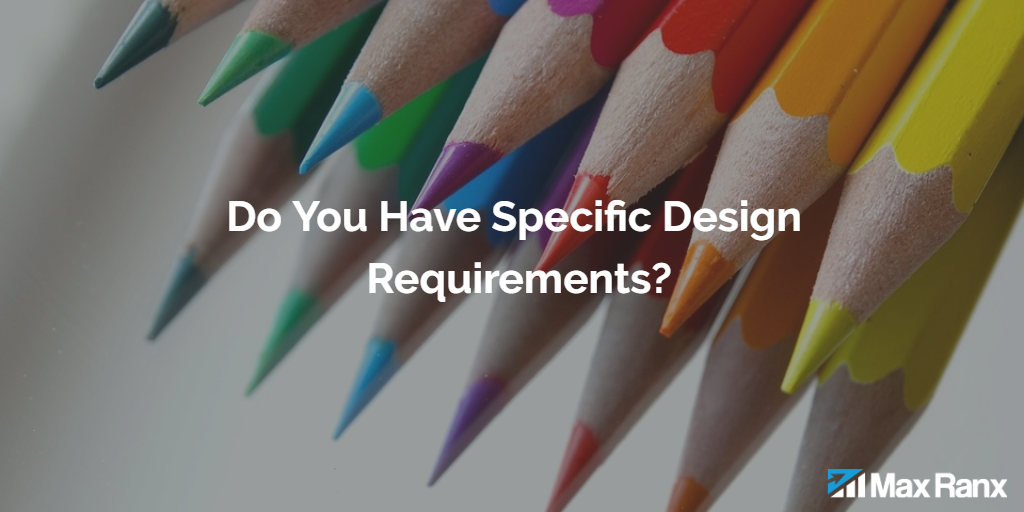
10. Do you have any content for the website?
Website content includes, logo, copy, images, and any other feature that the client would want the website to have. Having these things at the beginning of the project is a great bonus.
11. Does your company have branding guidelines?
Many companies have specific color schemes, fonts and other branding requirement. Knowing this up front gives a clear direction for the rest of the design process.
12. Do we need to match any print materials?
This is another thing that a client may not think about. If they have created brochures, business cards, fliers or other printed designs, they may also have to be matched to the website for a cohesive brand image.
Budget and Timeline
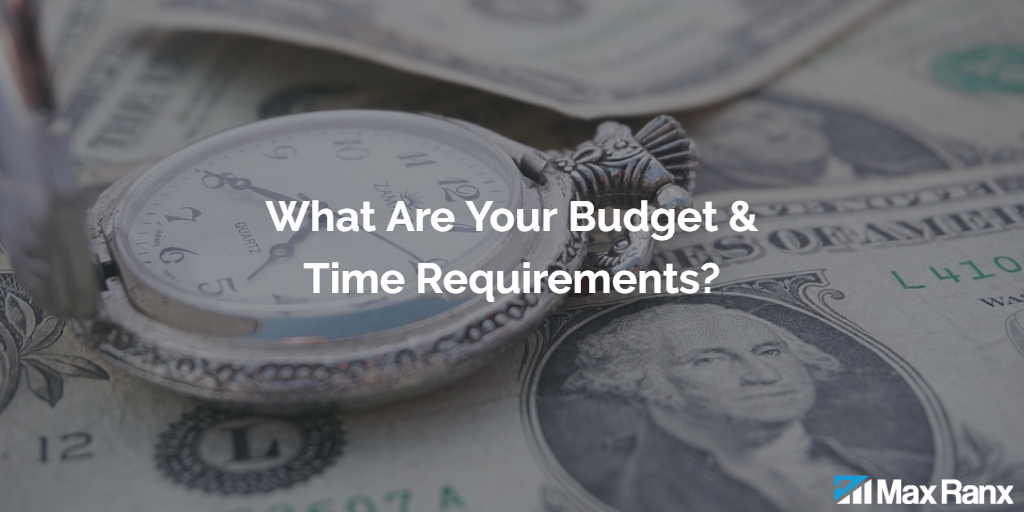
13. What is the desired time-frame to build the website?
By using this web design questionnaire you should also get a sense of client’s expectations for turn-around time for the project. Ultimately, failing to manage these expectations at the beginning of the project is an almost guaranteed way to ruin the rest of the experience for the client, no matter how great the website turns out to be.
14. What is your website design budget?
Your client’s budget will ultimately determine whether the project happens at all. Combined with the previous web design questionnaire answers, knowing the customers budget should give you a clear sense of their expectations and whether or not you will be able to meet them.
Future Opportunities

15. Would you like for us to handle ongoing website maintenance and updates?
Site maintenance is something that a lot of small business clients can take for granted and as a result some clients will expect you to provide ongoing website updates for free. This question ended up in the web design questionnaire for a very specific reason. Simply put, it sets the tone and explains that these things are not part of the general website design process. Maintenance updates can include things like plug-in and theme updates as well as hosting, back-up, security, and up-time monitoring. Content updates can be things like website schedule changes, pricing updates, new image uploads, etc.
16. If yes, how often will updates be necessary?
Occasional website updates are common and can be handled as part of a website maintenance package. However, frequent content updates can become costly and clients that require daily or weekly content updates are better suited to have an internal company employee trained to use the website. Employee training is another option that can be offered to get website maintenance handled internally.
17. What is your monthly ongoing maintenance budget?
Understanding the client’s maintenance budget will let you get a sense of the type of service they will be able to afford and consequently if the maintenance plan makes sense at all.
18. Would you like for us to handle the online marketing aspects of the website?
Some clients believe that building a website is enough to attract new business but it is important that they understand that simply creating a website will not necessarily drive any traffic to the site. This is where search engine optimization, local search marketing, and pay per click campaigns can help the client grow their online presence.
19. What is your monthly online marketing budget?
Since online marketing efforts like SEO are usually on-going, as a result the costs can often exceed the initial web design price. Getting a general sense of the clients marketing budget and goals will ensure they get the most benefit out of their new website.
Concluding Our Web Design Questionnaire
Your web design questionnaire must answer these basic questions in order to set and meet your clients design expectations. Make sure that you have the appropriate questionnaire in place to do so. This guide should serve as a great starting point.

